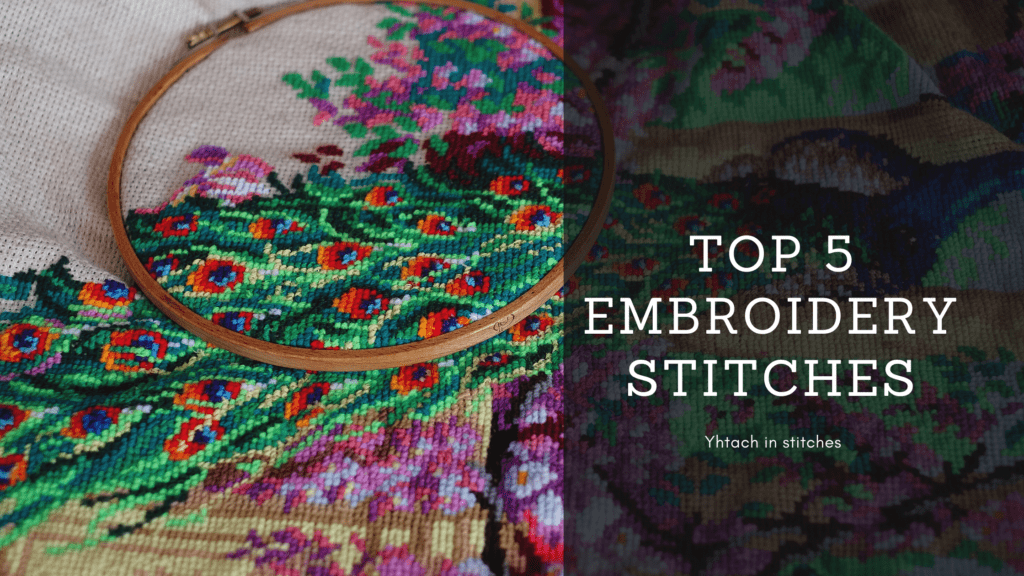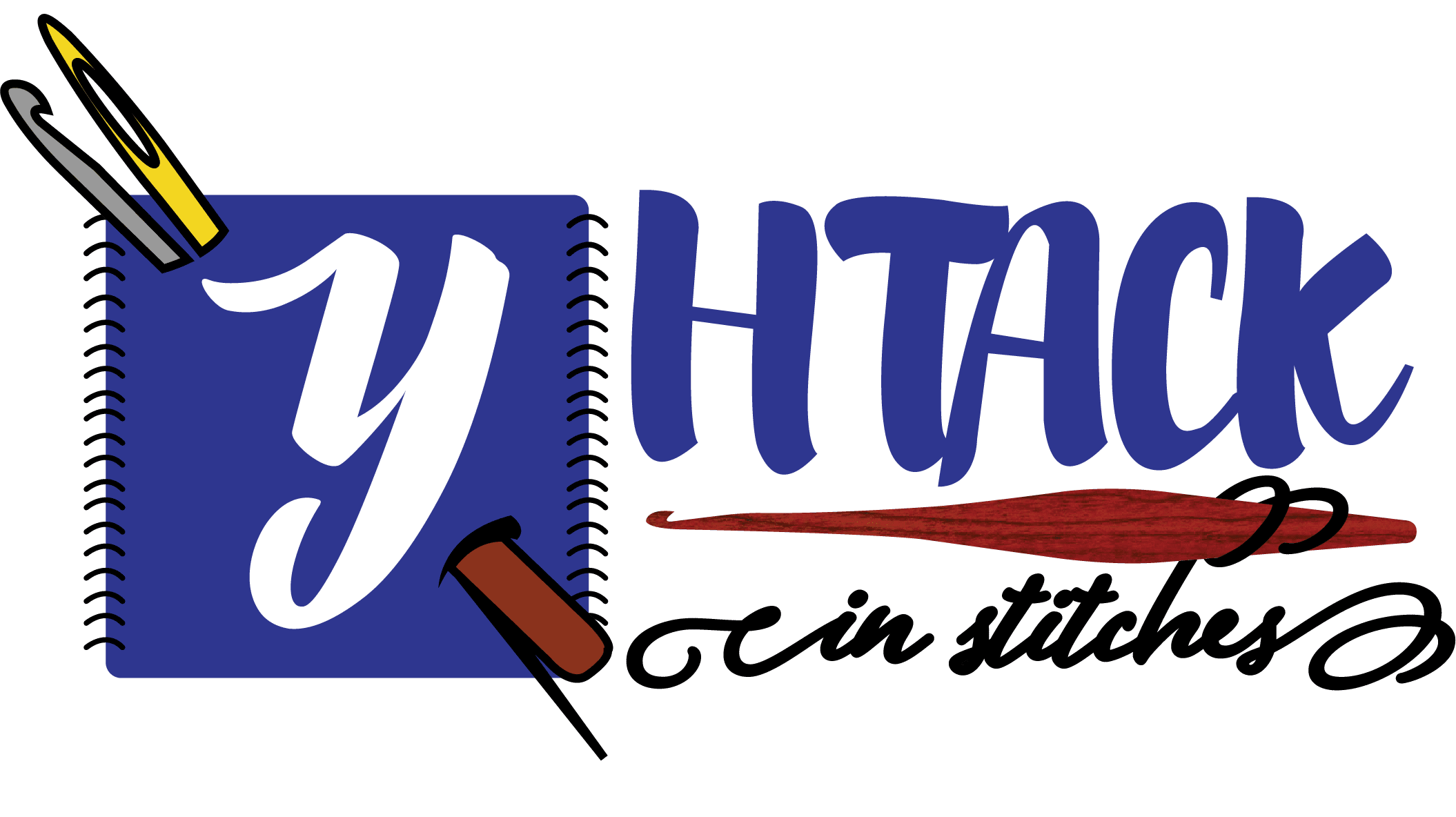Top 5 Embroidery Stitches

New to embroidery and overwhelmed by the entire thing? You’re not alone. There are over 300 types of embroidery stitches and you do not need to learn all of them to make pretty embroidery designs!
You can start with a few basic stitches that are pretty popular. Some basic stitches have been there for centuries and are still famous and in trend.
Today we will introduce you to 5 such stitches so you can start your embroidery journey with confidence. After you have mastered these stitches, you can move forward and learn the more complex ones, but trust us, the basic stitches- you will need them in every single embroidery project.
1. Stem Stitch
As the name suggests, this stitch is used to make stems and vines, but yes you can use it anywhere if you want a curvy stitch. You will start by creating one stitch forward. Then bring the needle and floss up the fabric and instead of going through the center of your initial stitch, go just to the side of the stitch. Repeat the process and you have beautiful curvy stitches ready!
2. Running Stitch
Running stitch is a versatile stitch used in all types of decorative sewing projects. There are two methods you can use.
The first is the sewing method: Weave the needle and floss through the fabric in one continuous motion to create several stitches at once as if you were sewing a seam.
The second is the “punch and poke” or “stabbing” method: Push the needle through the fabric to the back, then poke it through to the front a short distance away, creating one stitch at a time.
3. Back Stitch
The backstitch is used as a solid line like embroidered letters or outlines.
You start by pulling the needle and floss up through the fabric and do one stitch ahead. From underneath, space the needle out the length of your desired stitch, pull up through the fabric, and bring the needle and floss back down through the end of the previous stitch.
4. French knots
This is such a pretty stitch, and even if it looks complex, it is really simple.
Start by bringing the needle and floss up through the fabric. Then wrap the floss around the needle twice.
Hold the end of the floss taut and bring the needle down just next to the space where it came through the fabric. Keep holding the floss taut as you pull the needle through.
You can vary the size of your French knots by wrapping the floss around the needle anywhere between one and three times.
5. Chain knots
Another stitch that’s great for an outline, or the frame around a patterned design.
First, pull your needle and floss up through the fabric, then insert it going down right beside where you first came up. Don’t pull the floss all the way through the fabric; allow it to form a loop. Bring the needle up through that loop and pull.
To make the next chain stitch, place the needle either directly in the hole you just stitched, or close to it, and pull through to create another loop. Again, don’t pull the floss completely through the fabric. Pull the needle up through the loop to tether it and pull. Repeat the steps to continue the chain.
When you reach the end, create a small stitch over the loop to secure it.
End word
If you have mastered all these stitches, the road ahead is much easier. Nowadays machines are there to help with sewing, knitting, crocheting but the work of the hands are still what connects you to the art. Hand Embroidery has always been and will be a medium for us to decorate our lives with.
And if you’re interested in learning the art of embroidery, you can contact Yhtach in stitches. We will craft the best embroidery patterns for you, which will be trendy and you’ll soon be making your designs!
